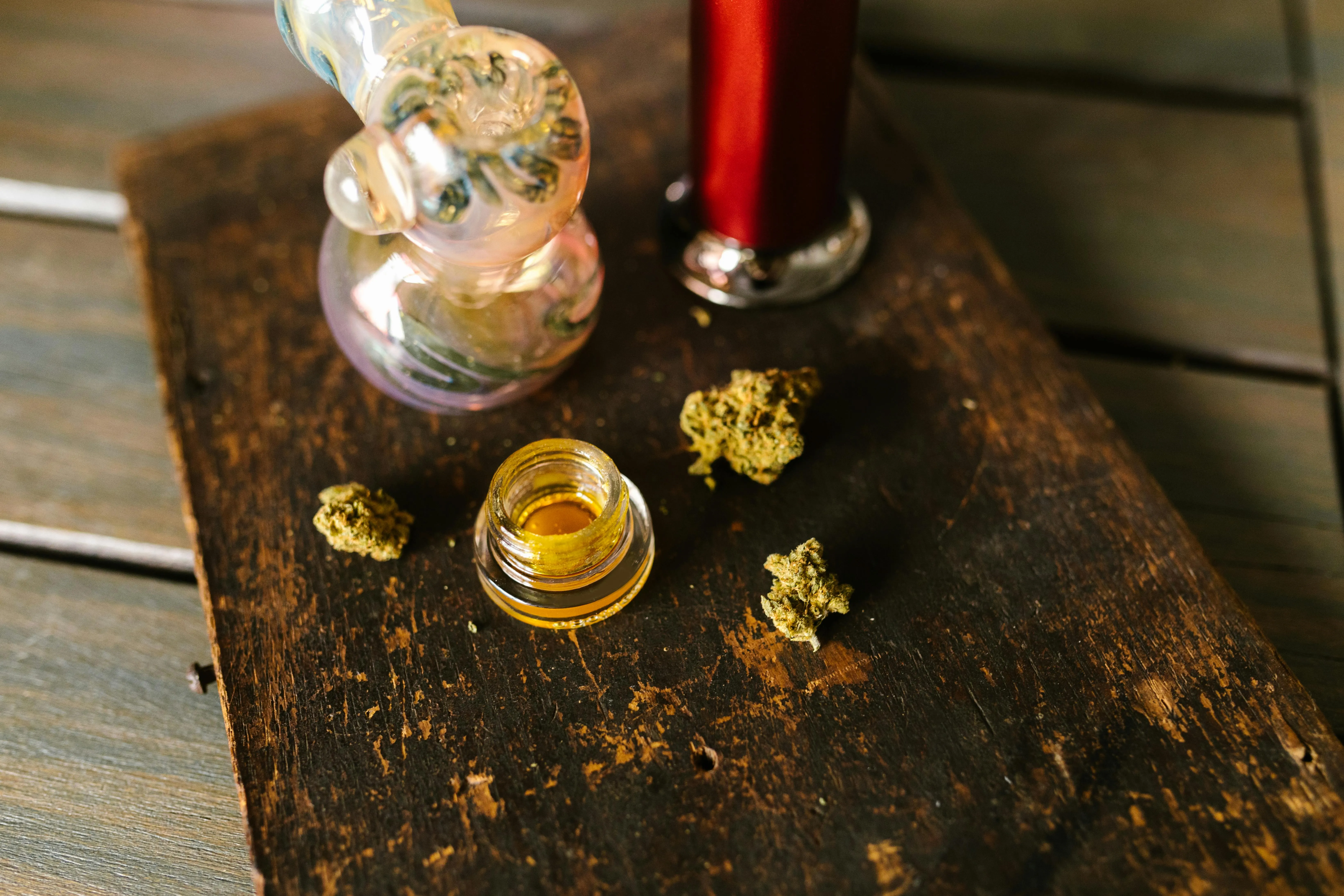“Jimson’s Journey: A Tale of the Traveling Thistle”
In the vibrant tapestry of our planet, there’s a peculiar plant that has journeyed far and wide, weaving its way into the annals of botanical history. This adventurous thistle goes by many names – Devil’s Snare, Stinkweed, Thorn Apple – but to us, it’s simply Jimson Weed. Let’s embark on a journey to discover where this intriguing plant calls home and the stories that surround its global presence.
The Birthplace: The American Southwest
Jimson Weed, scientifically known as Datura stramonium, is believed to have originated in the arid lands of the southwestern United States. It’s a hardy plant, adapting beautifully to the challenging conditions of this region, thriving in the heat and sand. The American Southwest remains its heartland, with states like Texas, New Mexico, Arizona, and California boasting prime Jimson Weed territory.
The Wanderer: A Global Traveler
Jimson Weed’s spirit of adventure doesn’t stop at the borders of its birthplace. This resilient plant has hitchhiked its way across continents, finding new homes in various parts of the world. It has made itself quite at home in Europe, Asia, and Africa, establishing itself as a common sight in gardens and fields alike.
In Europe, countries like Spain, Italy, France, and Germany have reported Jimson Weed sightings. It’s said that its seeds were introduced to these lands by travelers who had visited the American Southwest or through trading routes. In Asia, it’s a familiar plant in parts of India, Nepal, Pakistan, and China.
The Uninvited Guest: The Urban Jungle
Jimson Weed doesn’t shy away from the bustling city life either. This adaptable thistle has found its way into urban jungles worldwide, flourishing in neglected lots, waste areas, and along railroad tracks. Cities like New York, London, Mumbai, and Tokyo have all reported Jimson Weed sightings within their concrete confines.
The Friend or Foe: A Complex Relationship
Jimson Weed has a complex relationship with humanity. Its beautiful flowers and intricate seed pods make it a favorite among gardeners, while its potent alkaloids make it dangerous if ingested. The plant’s medicinal properties have been recognized for centuries, with traditional uses ranging from treating fevers to inducing hallucinations. However, these properties can be deadly when misused, making Jimson Weed a plant that requires respect and caution.
The Future: A Cautionary Tale
As we traverse the globe with our curious thistle friend, it’s essential to remember its potential dangers. While Jimson Weed may be an interesting addition to gardens or a fascinating sight in fields and cities, it’s crucial to handle it with care and respect its potency.
In conclusion, Jimson Weed’s journey is a testament to the power of adaptation and survival. From its humble beginnings in the American Southwest to its global travels, this thistle has left an indelible mark on the world. So, the next time you spot a towering Jimson Weed in your neighborhood or during your travels, remember – it’s not just a plant; it’s a traveler, a survivor, and a reminder of the interconnectedness of our world.
But let’s also remember to appreciate its beauty from a safe distance, for its potent secrets should be respected and admired, but never underestimated. After all, Jimson Weed may have journeyed far, but it’s still very much at home in the wild.